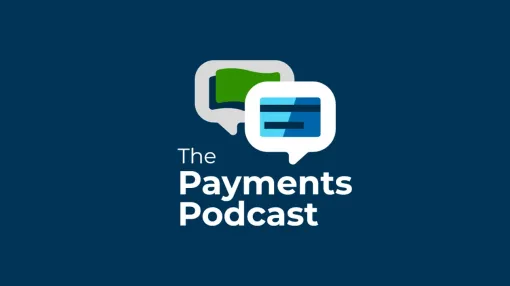If this were an informercial, I’d kick things off by showing a stressed accounts receivable specialist spinning his chair between four monitors, flipping through a notebook to try to remember passwords for all the portals he needs to log into.
But this isn’t an infomercial, and the truth of navigating dozens of portals is not something most of us find particularly funny. Whether it’s in our lives as consumers or in our daily attempts to access critical payment and remittance data, it’s too easy to become exhausted by all these logins, various user interfaces, lack of features, and other time-consuming steps to simply accept payment. There’s even a name for it that’s gaining traction: portal fatigue.
Portals are a fact of life in this modern age, they provide security, ensure tracking of payment, reconciliation reports, and other benefits for the buyer-supplier relationship. There are smarter ways to streamline your usage of them in a way that will reduce that fatigue.
What drives portal fatigue?
Say you’re an accounts receivable manager. To upload invoices, download invoice-level detail, access virtual card payments, manage critical documents like W-9s and get the reconciliation data you need, you may need to log in to multiple payer portals. If you’re receiving a lot of payments from a variety of companies, you likely have dozens of these portals, and on a monthly basis (or even more often) you have to manage those logins and match payments to open invoices in your system of record. Oh, and you probably have to ensure these match the deposits received in your company bank account.
It all becomes a reconciliation nightmare. Granted, the modern age is also keeping up with tools to track and match receivables which significantly assist in these tasks, but to have high match rates between open invoices and payments, they depend on the payer providing accurate invoice level details. These applications can also be costly, typical invoice processing costs are $2-14
According to SpendMatters, 60% of suppliers have to log in to at least 10 portals per month, and the cost in terms of time alone is significant.
The portals might be easier for your payers, and on an individual basis they might even be streamlined for your usage. When you’re talking about a lot of them, though, things swiftly go from simple to overly complex. On top of that, buying relationships can be difficult, payment timing terms, discounts, credits, and many other considerations in a single payment can cause a nightmare in cash posting and inaccurate collections balancing. Oftentimes, your company may have little say about the terms and usage of portals. The good news is that there are alternatives.
The best way around portal fatigue
The best and simplest way around the hassle of multiple portals is reducing the number you have to access. That starts by getting as many of your processes out of portals as possible, and that starts with being able to securely export information directly to your email.
As we’re all adjusting to the realities of a pandemic world, it’s a logical moment to talk to your customers about doing exactly that.
Whether you’re looking to streamline payment information within your ERP or have scheduled reports and remittance detail sent securely to your email, there are ways to avoid daily logins to portals while still get everything you need, assuming your customers are willing and able to provide that help.
Consider that your friends in accounts payable are suffering from similar fatigue and consider implementing ways they can pay your company without having to log in to a portal. There are plenty of solutions out there that will allow your customers to pay you and process your invoices without having to log into a portal, as well, so consider it a good faith effort to explore those changes on your end.
Portals have their uses, and you won’t be able to retire them all tomorrow. Working with your customers to centralize as much information and as many tasks as possible directly into your email and into your ERP is a way to make sure the ones you do have to use don’t feel like such a hassle.


